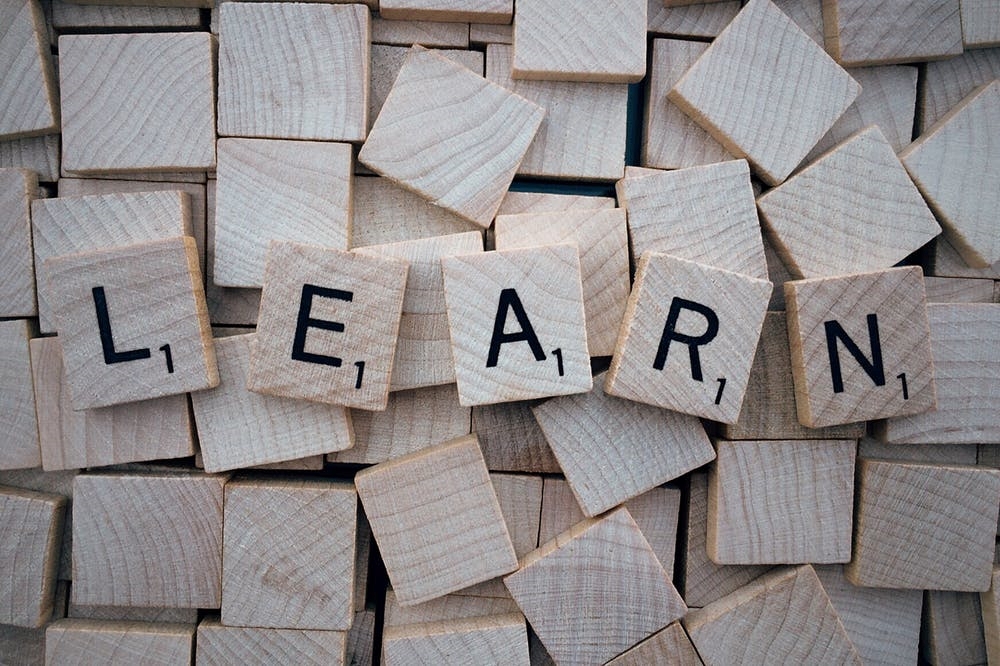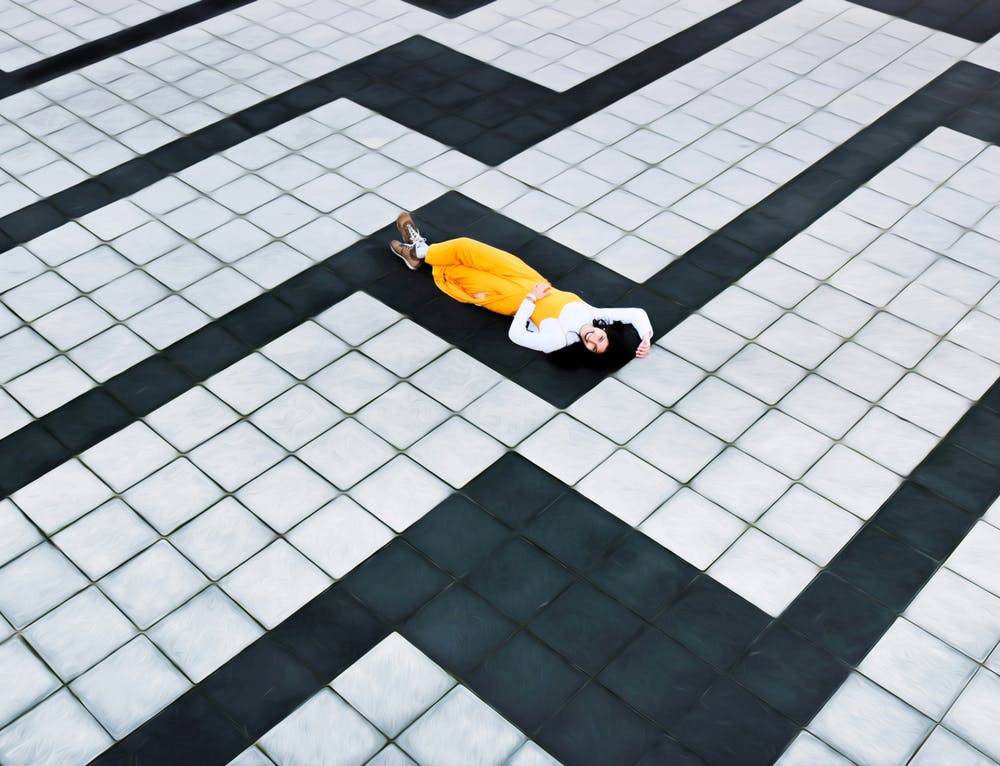Young Ballet Dancer
7 Secrets of Success
The Ultimate Young Ballet Dancer Tips

Here's the ballet dancer checklist:
- Are You Dedicated? - Plant trust to grow credibility?
- Are You Holding Back? - A ship is safe in harbor, but that's not what ships are for
- Are You Resilient Enough? - If your ship doesn't come in, swim out to it
- Can You Flip Problems into Opportunities? - If you break your wings, don't forget you have claws
- Have You Nurtured Self-Belief? - In order to be walked on, you have to be lying down
- Are You Comparing Yourself to Others Unfavorably? - Go where there is no path and leave a trail
- Are You Too Spoiled and Entitled? - Understand how people understand
Short intro...
A ballet dancer needs certain traits to become a successful. It takes mental skills as well as physical ability. You can learn to develop both aspects.
As a trainee dancer, your teachers will be focusing on your physical development. However, it is your mental strength in the end that will make the difference to you making it or not. Given a more or less level playing field physically, it is your mind training that gives you the edge and the x-factor.
Pay attention to this post because it lays down, like a roadmap, the mental work you need to be doing alongside your physical ballet dancer work.
Learned Behaviours

Luckily, both mental and physical skill are 'learned behaviours'. It's just that no one tells you about the mental traits you need to be developing.
Look down this page of ballet dancer tips and see where your strengths and weaknesses lie, but be mindful of the things you can and can't control.
Knowing what you can and cannot control is one of the skills to a successful ballet dancer.
For example, you might not be the best technical dancer, but you have the inner expression and passion in performance (or visa versa). You might not have the perfect body shape, but your jumps are off the scale. You might find facial serenity challenging, but you are amazingly flexible. And so on.
Mental Fortitude of a Ballet Dancer

Think about what they put people through on special forces training for elite regiments like the SAS. The demands are extreme, not just physically, but mentally also. The physically fittest can crack when put under mental pressure. Only the mentally and physically robust pass the course. Perhaps one or two in 100.
Success in the ballet world is the same. Only a tiny fraction of people pass the course and are mentally tough to become professional.
Mental strength can be enhanced every day, just as your ballet dancing skills are.
It's never worth getting distressed about those things you cannot change - this is called mindfulness, or the law of acceptance. It's also called a waste of time and energy. So concentrate on those things you can effect, then don't give up until they are where you want them to be.
This post will help you to become, not only successful in dancing, but also a success in every day life.
Here's a checklist of the ballet dancer traits to grow within yourself:
#1. Are You Dedicated?
Plant trust to grow credibility?

When you display obvious dedication, you are showcasing your trustworthiness, and therefore becoming a credible person to those around you.
This recognition of trust will lead to greater things.
Just when you think no one is watching, someone will see the dedication and reward you.
#2. Are You Holding Back?
A ship is safe in harbour, but that's not what ships are for

Don't get in the comfort zone; always keep striving for more.
Don't wait to get noticed, be brave and get out here.
E.g In a ballet class or audition, show the teacher you are eager.
Don't stand in the back corner, be daring.
#3. Are You Resilient Enough?
If your ship doesn't come in, swim out to it

Nothing is easy. Nothing is given to you on a plate. Ballet dancers have to be strong and work for what they want. Getting over rejection with a snap of the fingers is a trait you can develop over time.
Don't worry, you'll get lots of practice. So when you (inevitably) get knocked back, stand up on your feet and be determined to be the come back kid.
E.g If you don't get the role that you wanted, if you don't get chosen for that part, don't give up. Work on what you need to improve and you will get noticed.
You can't live a positive life with a negative mind. Developing resilience against knock-backs is a major part of that.
#4. Can You Flip Problems into Opportunities?
If you break your wings, don't forget you have claws

Determination is power.
Determined people recognise that when one door closes, another door opens. They never give up, even when they feel as if they cannot go on any longer. Determination will take you a long way too.
Problems are things which you can control. You can make them more difficult, or you can deal with them.
For example, injuries - those infuriating setbacks to which every ballet dancer is prone.
An injury to the foot can mean the end of world for a dancer. Or, it could mean they have a chance to focus on other things.
If you get injured, use every day of your recovery as a learning experience and don't waste a second.
I have seen prime examples of where an injured dancer turns the dancing downtime into one of the most educational periods of their lives - using it to gain knowledge which takes them forward with their dancing.
#5. Have You Nurtured Self-Belief?
In order to be walked on, you have to be lying down

Self doubt is natural. People who appear unshakeably confident have simply learned to over-ride the emotion. This is a life hack open to everybody.
Why do we have self-doubt in the first place?
Self doubt is an extremely useful mental bias for successful people. It ensures we are able to measure weaknesses and target key improvements.
If you are not on a learning curve, you are flat-lining.
Coming out of the comfort zone is the place where we do our best learning. We are therefore most likely to be feeling self doubt when we are poised for the next rung of success.
So find a small core of belief in your own ability - remember how you feel on a good day and visualise this like crazy - often.
Don't let other people crush you down. When an orange is crushed it produces a delicious juice drink.
The ballet world is full of competitive people, power mad directors and critical teachers, but you can't let anyone affect you.
Top dancers are always strong and believe in their own ability, no matter what.
E.g. If a ballet teacher, director or choreographer is shouting at you, never take it personally. It can often be just a test to see how you react under pressure (back to the SAS recruitment again).
In order to really believe in yourself, develop the strength to accept what they're saying and move on with a shrug of knowledge of what is really going on.
#6. Are You Comparing Yourself to Others Unfavourably?
Go where there is no path and leave a trail

Imagine yourself as a unique force of nature (which you are - there is only one of you). Close your eyes and imagine yourself as a billion functioning parts which has materialised on this planet earth as an energy which is carving out a strong destiny which is all yours (which it is).
Be proud of this and realise how your small steps every day add up to the huge energy you are.
This is a visualisation which you will have to do often. Deliberately make time to practice it. This will help you be the dancer who you want to be.
People often overestimate what they can achieve in one day, but underestimate what they can achieve in tiny steps over 6 months.
Only ever be yourself. Top dancers have to develop into unique individuals.
For example, in an audition or a ballet class, you might notice a dancer who is much more flexible than you or has better jump. Don't compare yourself to them.
Everyone shines in different things so go out there and show them what you are good at. Reveal your super-power.
#7. Are You Too Spoiled and Entitled?
Understand how people understand

Avoid blaming the others for not having your viewpoint. Realise that the enemy of an aspiring ballet dancer is entitlement.
The power of perspective is something you can work to your advantage if you realise how it actually works.
Perspective is merely the way you see things.
A ballet director, choosing ballet dancers for their core has a different perspective. Try to imagine life through their lens. Imagine their pressures, their hardships. In your imagination, think about how you could help them, befriend them.
Often, young dancers have the perspective of entitlement, and resulting hatred for those that are critical. However, the smart ones never feel as if they are owed anything. They accept other people's opinions and know their time is coming. There is no 'them and us', there is just 'us'.
Be aware that everyone's opinions count to make you a better ballet dancer. Even if you don't agree with what they are saying, try to understand the path that led them to their opinion.
Then be prepared to do something about it, changing yourself will change their perspective of you. No one owes you anything.
Ballet Dancer Must Have's Checklist:
To summarise, the ballet dancer tips on this page:
First, you must develop your mental and physical skills together. You can never worry about what is beyond your control. Use the law of acceptance.
There is no text book for the mental skills. It's not part of the ballet dancer curriculum. So you need to either possess those skills naturally, or take pains to learn them yourself.
Here's the checklist:
- Are You Dedicated? - Plant trust to grow credibility?
- Are You Holding Back? - A ship is safe in harbour, but that's not what ships are for
- Are You Resilient Enough? - If your ship doesn't come in, swim out to it
- Can You Flip Problems into Opportunities? - If you break your wings, don't forget you have claws
- Have You Nurtured Self-Belief? - In order to be walked on, you have to be lying down
- Are You Comparing Yourself to Others Unfavourably? - Go where there is no path and leave a trail
- Are You Too Spoilt and Entitled? - Understand how people understand
For further reading and reinforcement, check out the BBC article on the same subject:
Return from 'Ballet Dancer Tips' to Homepage

